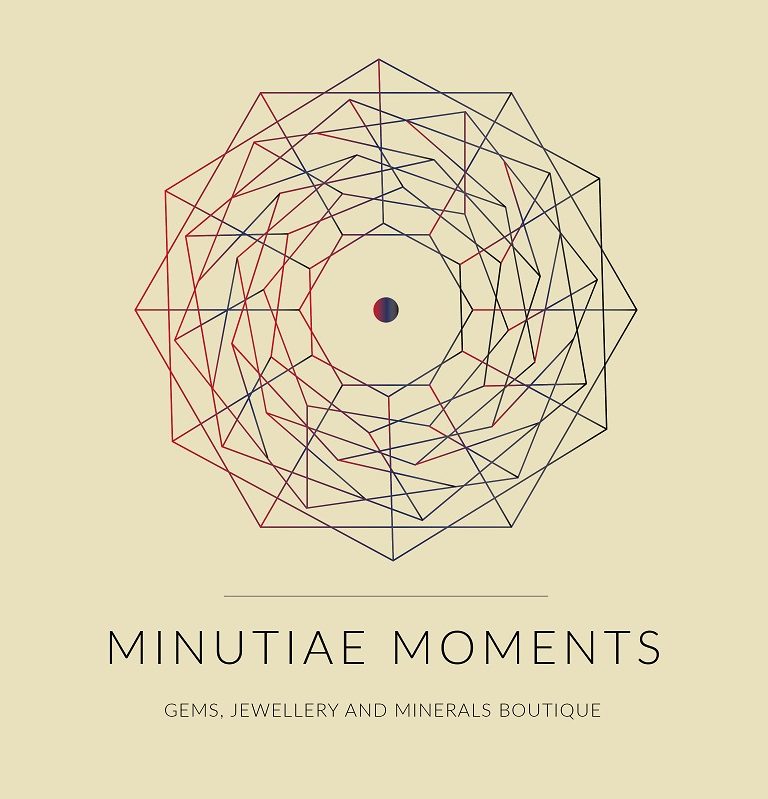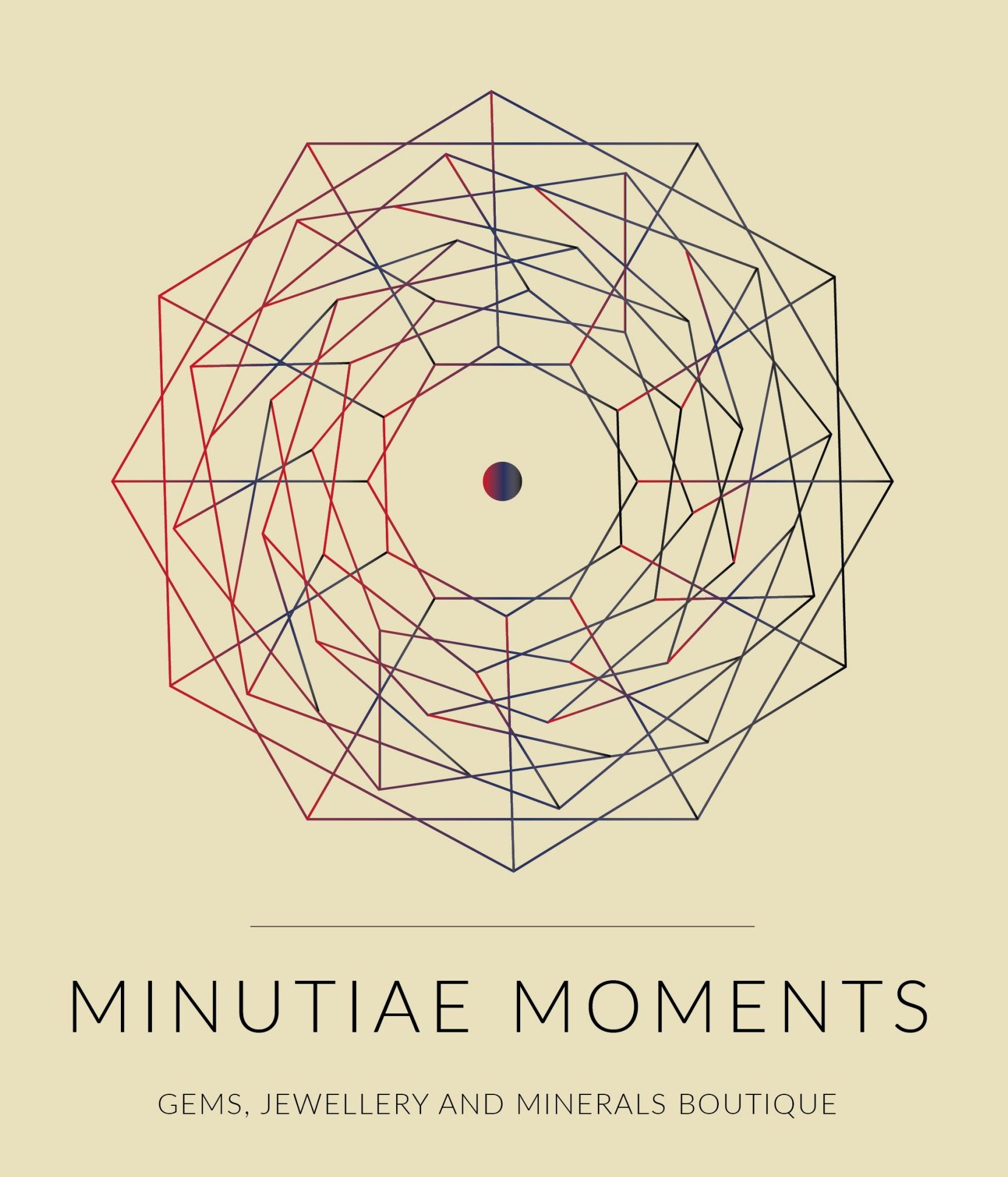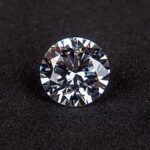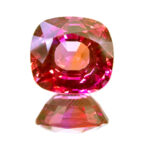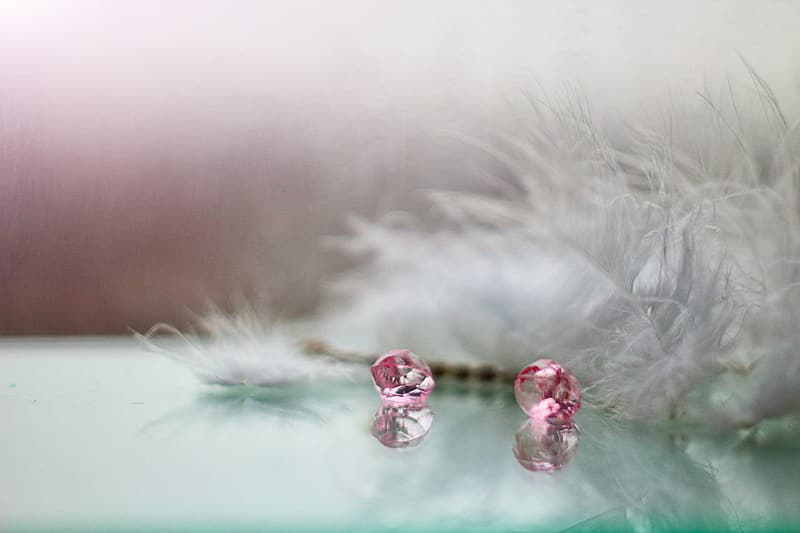
Pink Gemstones List – My Top 10
If you are a fan of pink color gemstones and searching for a list of different types, properties, advantage and disadvantages, you are in the right place. The purpose of this article is to come up with a pink gemstones list with all the important information of each stone.
Pink Gemstones List
Following pink gemstones list is not created in any specific order. The list is followed by details of each gemstone and I will cover advantages and disadvantages of each different stone. Depending on those, you can select the best stone for your requirement.
- Pink Diamond
- Pink Sapphire
- Pink Spinel
- Morganite
- Pink Tourmaline
- Pink Topaz
- Pink Rhodolite Garnet
- Pink Zircon
- Kunzite
- Pink Chalcedony
Let’s go through the details one by one.
1. Pink Diamond
Among all colored diamonds, pink diamond is the second rarest, after pink diamond. Unlike other colopink gemstones, trace elements have never been found in pink diamond. Instead, it get its color from a distortion in the diamond’s crystal lattice. This distortion is created by the intense heat and massive pressure it is subjected to under the earth.
Most pink diamonds contains a secondary tint such as brown, orange, gray and purple. Pure intense pink diamonds are super expensive and the price of a carat can go beyond $500,000.
Diamonds are the hardest material on earth with a hardness of 10 in the Moh’s scale and therefore it is the ultimate scratch resistant material. But diamonds are not as tough as sapphire and it can chip or crack if faced with a hard knock.
There are different tones of pink diamonds available and as per GIA classification, the highest ratings goes for the “fancy vivid” color diamonds.
Synthetic pink diamonds are also available in the market and hence, buying from a highly trusted source such as Leibish is recommended.
You can check their pink diamond prices here.
| Physical Properties | Advantages | Disadvantages |
|
Hardness – 10
Refractive Index – 2.417 – 2.419 (Refractive index is a measurement of the brilliance/luster of a gemstone) |
Extremely rare and hence it will be a highly unique possession.
Diamonds are the most durable gemstone and also the gemstone with the highest luster.
|
Very high prices
Hard to find
|
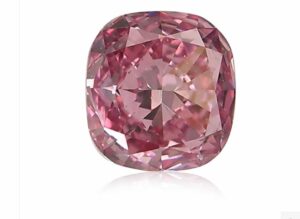
2. Pink Sapphire
Purple sapphire is another unique and expensive option which will be second only to purple diamonds. Although blue sapphire is the most famous type of sapphire, it is available in many colors such as pink, purple, yellow, green, white, black, etc. Sapphires with intense pink can be as expensive as the best blue sapphire.
Sapphires get their colors from the presence of various trace elements. Pink sapphire gets its color from the presence of chromium as the trace element.
The hardness of sapphire is 9 which is second only to diamond and it also has a high refractive index of 1.76. Therefore, pink sapphire is a highly durable gemstone with a great luster.
It is a great choice for an important piece of jewelry such as an engagement ring or a wedding ring and also for everyday jewelry.
| Physical Properties | Advantages | Disadvantages |
|
Hardness – 9
Refractive Index – 1.76 – 1.77
(Refractive index is a measure of the brilliance or the luster of the stone)
|
Pink sapphire will be a unique possession.
High durability and high brilliance.
|
It is an expensive gemstone
|
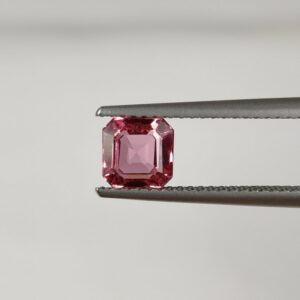
3. Pink Spinel
Spinels are another very popular and a beautiful gemstone. Red and blue spinels are the most expensive and pink spinels are relatively not that expensive. Pink spinels come in a range of different color tones, from light pink to intense deep pink.
Spinels has a hardness of 8 in the Moh’s scale of hardness and a refractive index of 1.71. Therefore, this stone is a very durable gemstone with good brilliance and it is a great choice for everyday jewelry.
Although not as common as synthetic sapphires, lab grown spinels are available. The GRS (Gem Research Swiss Lab) issued a notice about lab grown spinels in 2015.
Therefore, when you are purchasing spinel gemstones or jewelry, you should buy from a trustworthy seller or request for a gemstone certificate. (When buying any type of expensive gemstone or a jewelry, buying from a trustworthy seller is a must as there are so many ways which you can get ripped off)
| Physical Properties | Advantages | Disadvantages |
|
Hardness – 8
Refractive Index – 1.712 – 1.736
|
Affordable Prices
High durability
Good brilliance |
If you are with a low budget, purple spinel might not be the best choice as it is a moderately expensive gemstone.
|
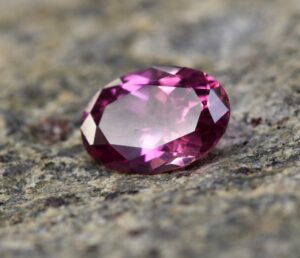
4. Morganite
Morganite has risen in popularity recently, especially as a stone for engagement rings.
Morganite belongs to the beryl family of gemstones, which is the same as for emeralds. It has a hardness of 7.5 – 8 and quite tough as well. Properly cut and polished morganite stones consists of a great luster. Salmon pink and pale pink are the most common colors and moderate pastel pink morganites are high on demand.
Morganite is almost always heat treated to remove its yellow and orange tints and improve the pink color. Untreated morganite typically comes in a salmon-to-peach pink color.
| Physical Properties | Advantages | Disadvantages |
|
Hardness – 7 – 7.5
Refractive Index – 1.57 – 1.58 |
Relatively affordable prices
High Durability |
The color range might not be suitable for some jewelry
|
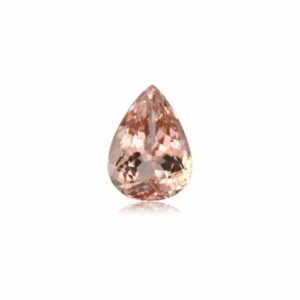
5. Pink Tourmaline – a.k.a Rubellite
Tourmaline is a very popular gemstone including pink tourmaline. The name rubellite is commonly used for red tourmaline but it is also used for pink tones of tourmaline as well.
With a hardness of 7 – 7.5, it has a good durability. It is also an affordable gemstone and comes in a range of different green tones. Heat treatments are common for tourmalines and buying treated stones should not be that much of a concern. If the seller is claiming that the stone is free of treatments, it is better to ask for a gemstone certificate to prove that claim.
| Physical Properties | Advantages | Disadvantages |
|
Hardness : 7 – 7.5
Refractive Index : 1.616 – 1.65
|
Durable
Prices are generally affordable
Has a good brilliance |
Some stones can be expensive based on factors such as color tone, clarity and weight.
|
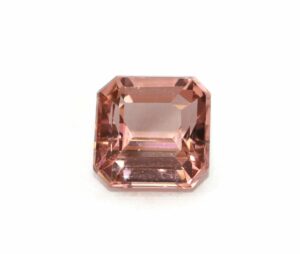
6. Pink Topaz
This is one of the most popular and affordable blue gemstones. Blue topaz is made by subjecting colorless topaz to irradiation. Sky blue, swiss blue and London blue are the three most common types of blue topaz and London blue is probably the most popular.
It has a hardness of 8 but it is prone to chipping due to its cleavage. Finding sizeable stones free of inclusions isn’t that hard and it also has a good brilliance.
| Physical Properties | Advantages | Disadvantages |
|
Hardness – 8
Refractive Index – 1.61 – 1.638
|
Very affordable prices
Good luster
High resistance to scratching
Stones free of inclusions are readily available |
Prone to chipping
|
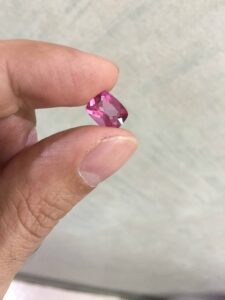
7. Pink Rhodolite Garnet
Natural pink topaz are very rare and expensive. Therefore, most pink topaz in the market are heat treated borwn or light color topaz. Topaz has a high hardness of 8 in the Mohs scale and therefore it is good for everyday jewelry. But it is prone to chipping and cracking due to its distinct cleavage.
| Physical Properties | Advantages | Disadvantages |
|
Hardness – 6.5 – 7.5
Refractive Index – 1.738 – 1.745
|
Very affordable prices
Easy to find untreated stones. |
Durability is moderate
|
8. Pink Zircon
Zircon is a gemstone with a great brilliance since it has a very high refractive index. It is also used as an alternative for diamonds due its high luster. Green zircon comes in a range of pink hues.
Zircon has a hardness of 7.5 which is considered as a fairly decent hardness for jewelry. However, it is a relatively brittle gemstone and can chip or crack.
| Physical Properties | Advantages | Disadvantages |
|
Hardness : 7.5
Refractive Index : 1.93 – 1.987
|
Prices are very affordable
Has a great brilliance |
Prone to chipping and cracking
|
9. Kunzite
Kunzite was first discovered in USA in the late 19th
century and it is still a relatively less popular stone in the jewelry industry. Nowadays, most Kunzite comes from Pakistan and Afghanistan. Kunzite is used in jewelry both in faceted form and in smooth polished form.
Kunzite is also mostly undertreated. It has a hardness of 6.5 to 7 but due to its distinct cleavage, kunzite is prone to chipping and cracking.
| Physical Properties | Advantages | Disadvantages |
|
Hardness : 6.5 – 7
Refractive Index : 1.66 – 1.68
|
Large stones are available at affordable prices.
Generally free of inclusions and blemishes.
Free of treatments and enhancements. |
Hardness is moderate
|
10. Pink Chalcedony
Pink chalcedony is another popular gemstone and it is also very affordable. Unlike all the other gemstone variations we discussed above, chalcedony often comes in translucent to opaque variations.
Since this gemstone has no cleavage, it is resistant to chipping and cracking. Therefore, it is considered as a long lasting gemstone. But since the hardness is about 6.5 – 7 in the Moh’s hardness scale, it is not as hard as diamond, sapphires or spinels.
| Physical Properties | Advantages | Disadvantages |
| Hardness – 6.5 – 7
Refractive Index – 1.54 – 1.55 |
Very affordable
Resistant to cracking and chipping |
Hardness is moderate
Transparent pink chalcedony is hard to find as it is often translucent or transparent |
Final Thoughts
The objective of this article was to make a pink gemstones list which are suitable for different types of jewelry. I have highlighted the advantages and disadvantages of each gemstone which will make selecting one particular type easier.
p.s.
Other Gemstone Lists
(The basic gemstone valuing criteria is the 4 c’s framework which I have covered for diamonds, sapphires
and emeralds
before. Either one of these articles will give you a basic understanding on the 4 c’s criteria for a gemstone if you are keen on learning more about it).
Note : If you are planning to buy gemstones or jewelry online, I recommend you to read this article for some important tips)
